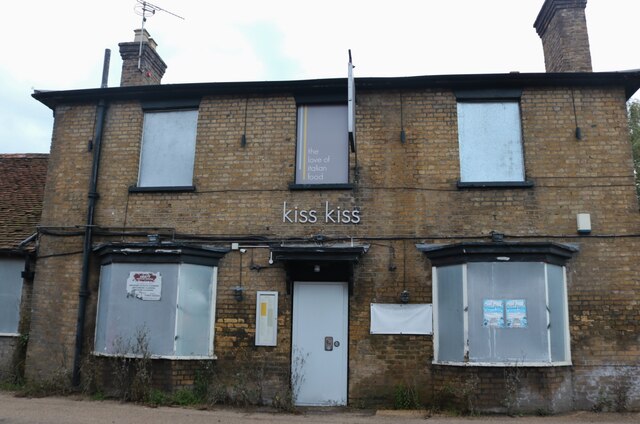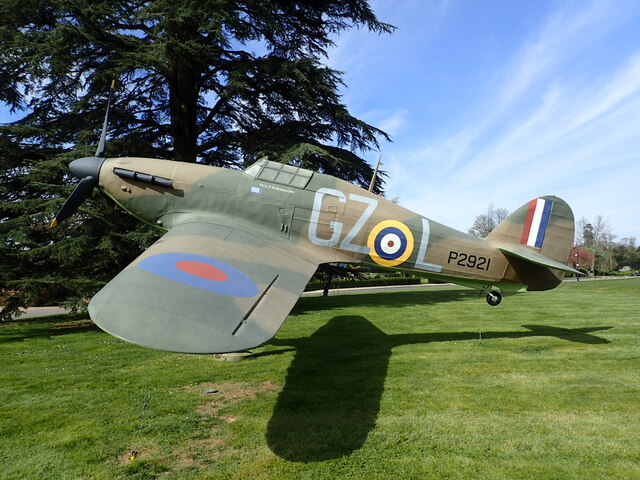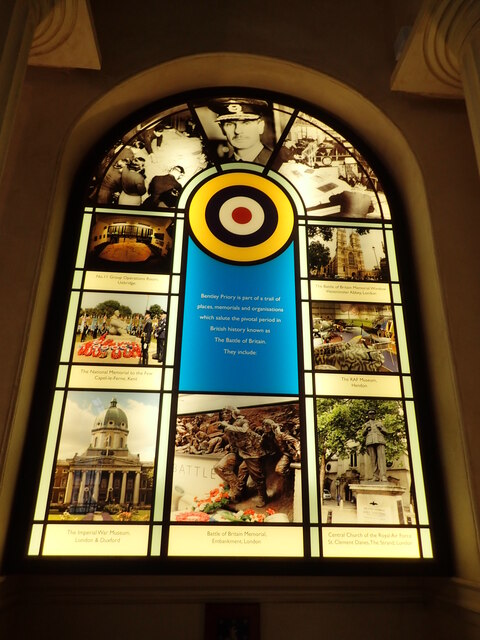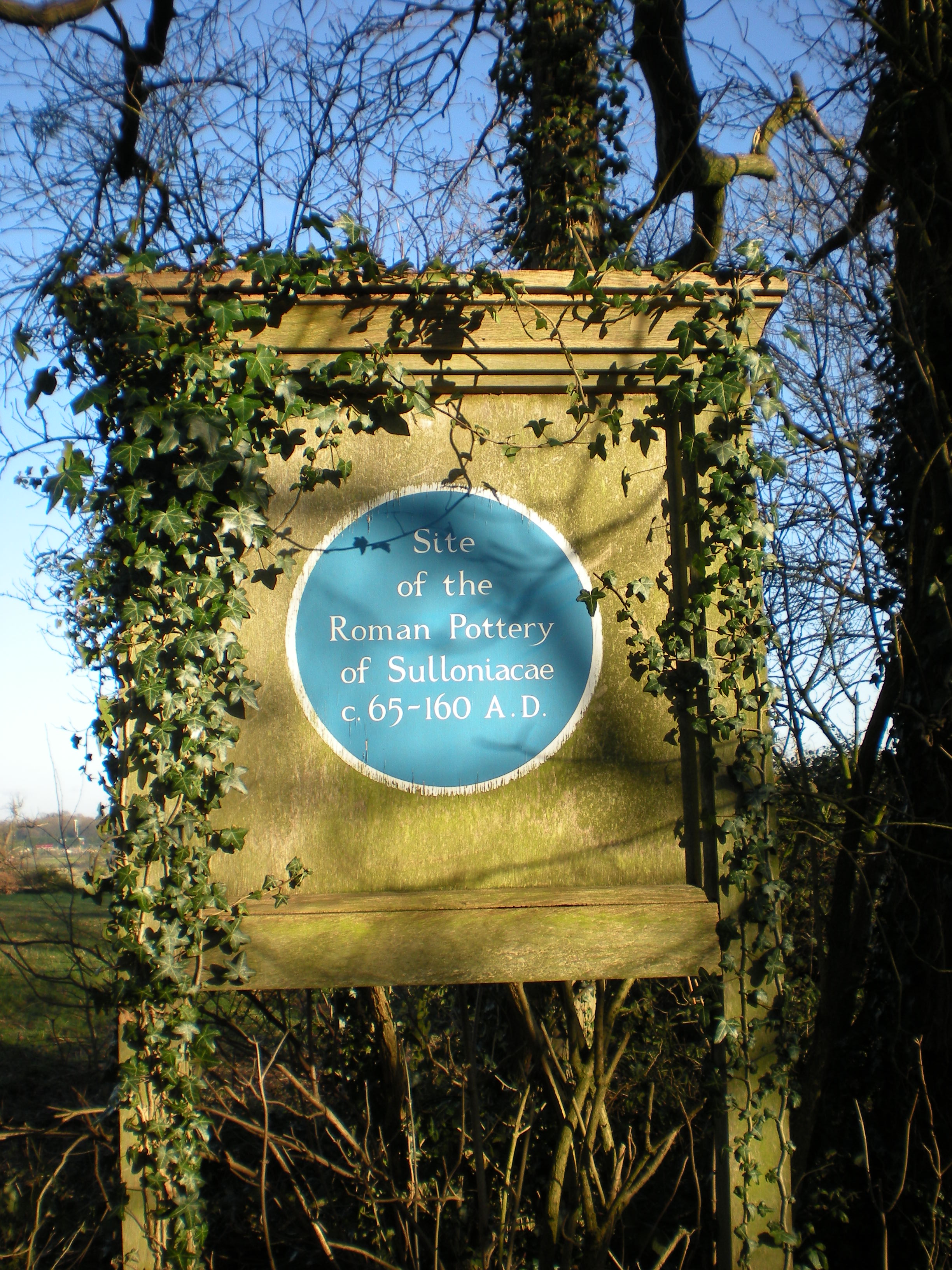Pear Wood
Wood, Forest in Middlesex
England
Pear Wood

Pear Wood is a small woodland area located in the county of Middlesex, England. Situated in the southeastern part of the county, it covers an area of approximately 20 acres. The wood is named after the abundance of pear trees that once grew in the area, although very few of these trees remain today.
The wood is primarily composed of deciduous trees, with a mix of oak, birch, beech, and ash trees dominating the landscape. There is also a small stream that runs through the wood, providing a water source for various wildlife species.
Pear Wood is a popular destination for nature enthusiasts, hikers, and birdwatchers. The diverse range of tree species attracts a wide variety of bird species, including woodpeckers, thrushes, and owls. Additionally, the wood is home to small mammals such as squirrels, rabbits, and hedgehogs.
The woodland is well-maintained, with designated walking paths and picnic areas for visitors to enjoy. It is also a designated nature reserve, ensuring the preservation and protection of its natural habitats and wildlife.
Located in close proximity to residential areas, Pear Wood offers a peaceful escape from the hustle and bustle of city life. It provides a tranquil environment for individuals to connect with nature and appreciate the beauty of the Middlesex countryside.
If you have any feedback on the listing, please let us know in the comments section below.
Pear Wood Images
Images are sourced within 2km of 51.628754/-0.30617026 or Grid Reference TQ1793. Thanks to Geograph Open Source API. All images are credited.

















Pear Wood is located at Grid Ref: TQ1793 (Lat: 51.628754, Lng: -0.30617026)
Unitary Authority: Harrow
Police Authority: Metropolitan
What 3 Words
///shift.folds.unwanted. Near Elstree, Hertfordshire
Nearby Locations
Related Wikis
Royal National Orthopaedic Hospital
The Royal National Orthopaedic Hospital (RNOH) is a specialist orthopaedic hospital located in the London Borough of Harrow, United Kingdom, and a part...
Brockley Hill
Brockley Hill, Stanmore, is an area of high ground on the outskirts of North London, England. The hill, which rises to 136 metres (446 ft) above sea level...
Sulloniacis
Sulloniacis or Sulloniacae was a mansio on the Roman road known as Watling Street in Roman Britain. Its existence is known from only one entry in the Antonine...
Stanmore Country Park, London
Stanmore Country Park is a 30.7-hectare (76-acre) public park, Local Nature Reserve and Site of Metropolitan Importance for Nature Conservation in Stanmore...
Nearby Amenities
Located within 500m of 51.628754,-0.30617026Have you been to Pear Wood?
Leave your review of Pear Wood below (or comments, questions and feedback).


